
Nankeen Night Heron
Nycticorax caledonicus


Nycticorax caledonicus

The Nankeen night heron is a recent addition to New Zealand's birdlife, primarily found along the Whanganui River. This stocky, short-necked heron is known for its distinctive rufous-brown plumage and nocturnal habits. It's a medium-sized bird with a hunched appearance when perched, giving it a broad-shouldered look.
1. Breeding adults have two distinctive white plumes extending from their black crown.
2. They have short legs for a heron, with feet just projecting beyond the tail in flight.
3. Characteristic hunched posture when perched, appearing to have a large head and broad shoulders
Nankeen night herons are primarily nocturnal, leaving their roosts just after sunset. They breed in spring, with nests found in tree ferns in regenerating native bush. These herons are wary but not necessarily shy, sometimes venturing out to observe their surroundings or sunbathe on the edge of roost trees.
Look for Nankeen night herons along the Whanganui River, particularly around Pipiriki to Whanganui. They're most active at night, so try spotting them at dusk or dawn. During the day, search for them roosting in dense tree canopies or bushes near water. Listen for their distinctive "quok" call when in flight. Tip: Pay attention to movement in trees near water's edge.
First noticed in the early 1990s, keen night herons have special significance for Te Atihaunui a Pāpārangi iwi at Jerusalem (Hiruhārama). They're considered kaitiaki (caretakers) of a tupuna's remains, believed to have carried his spirit back to New Zealand from Tasmania.
60 cm
800 g
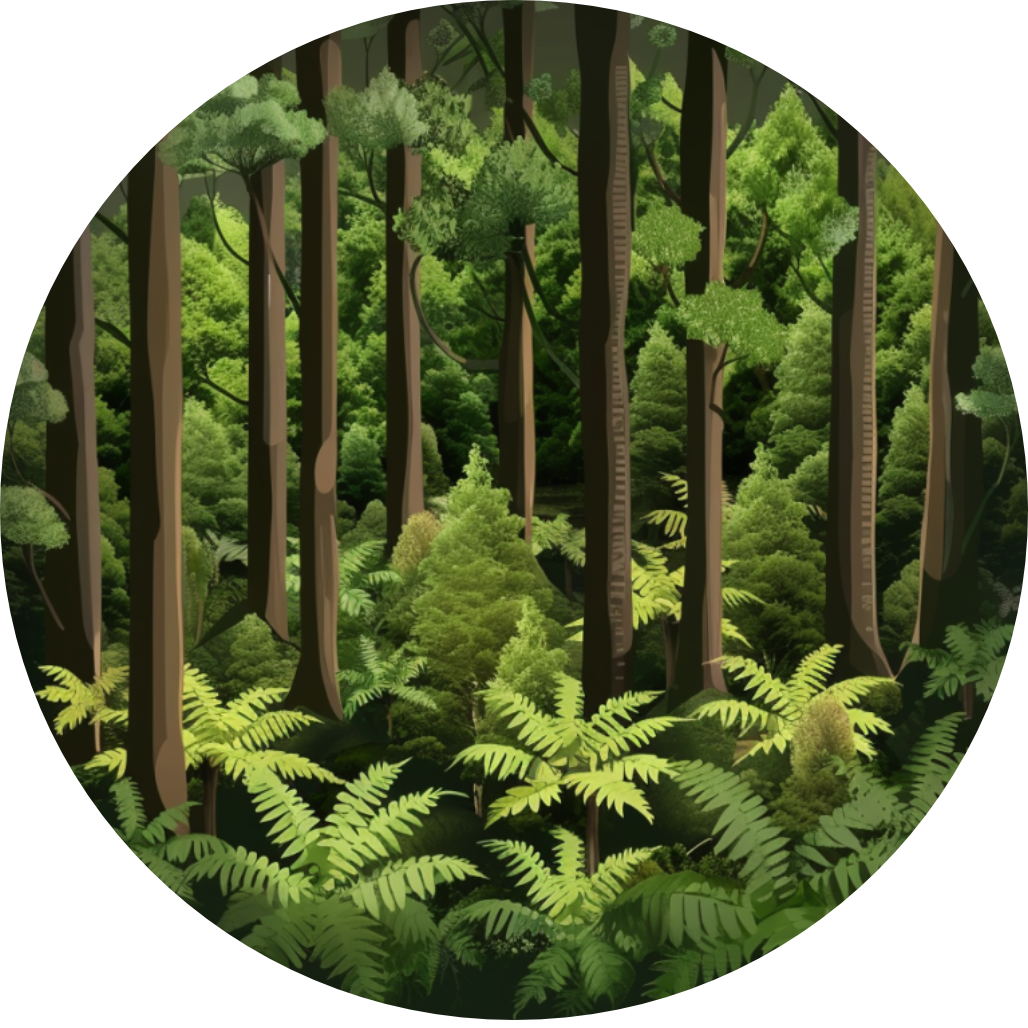
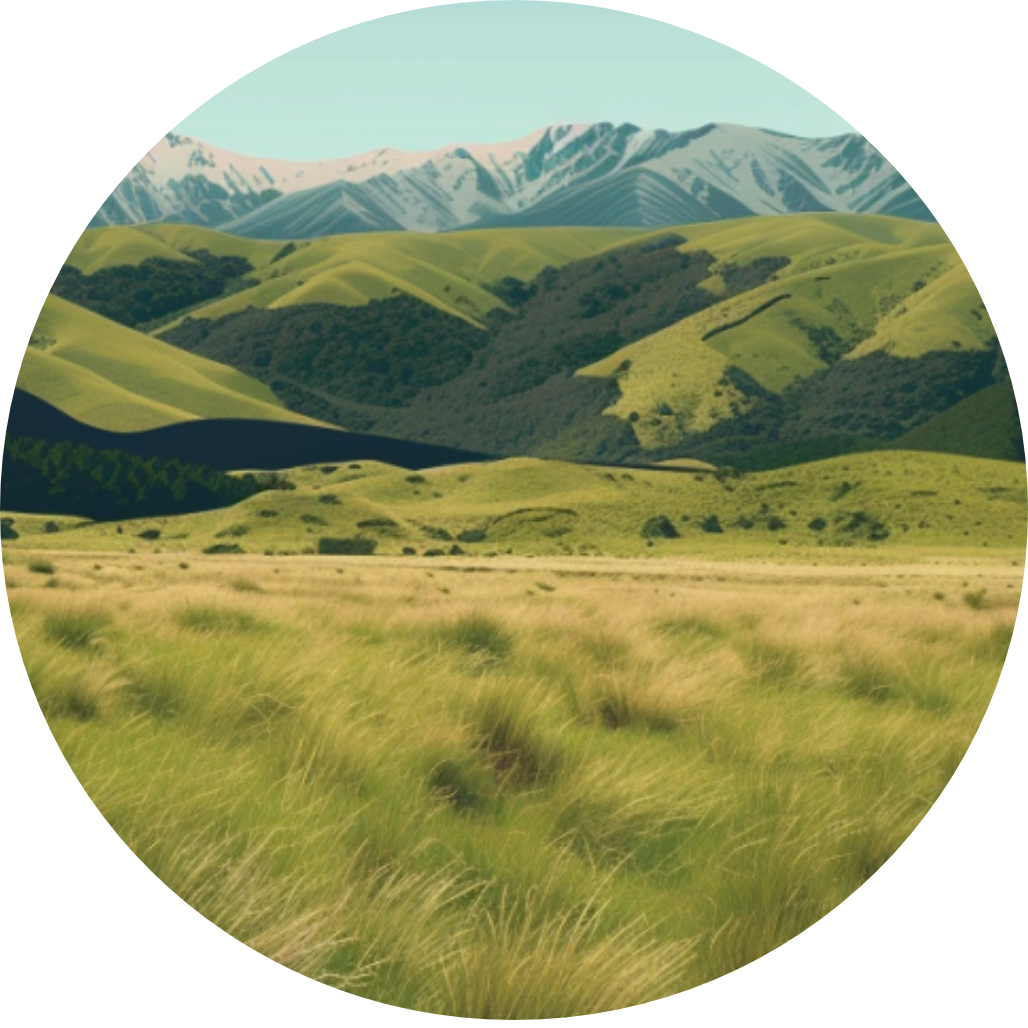
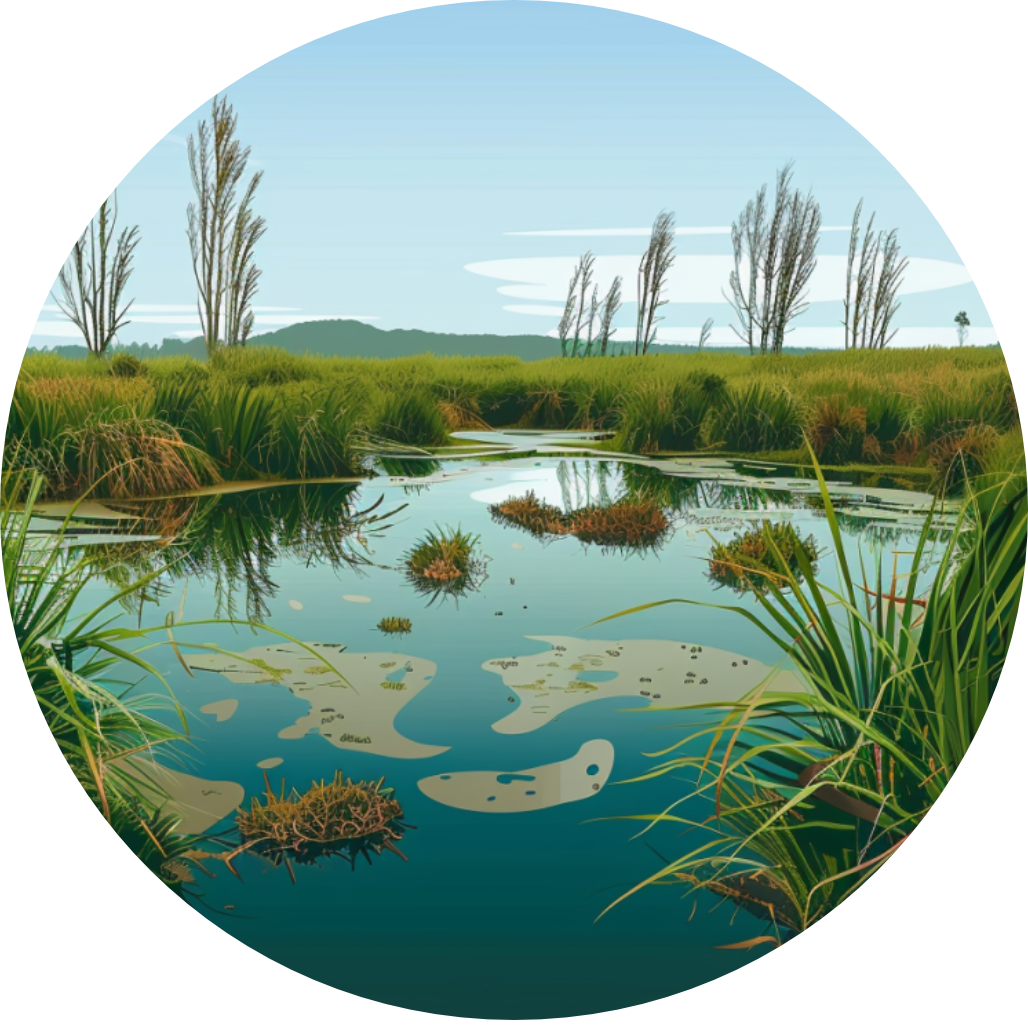
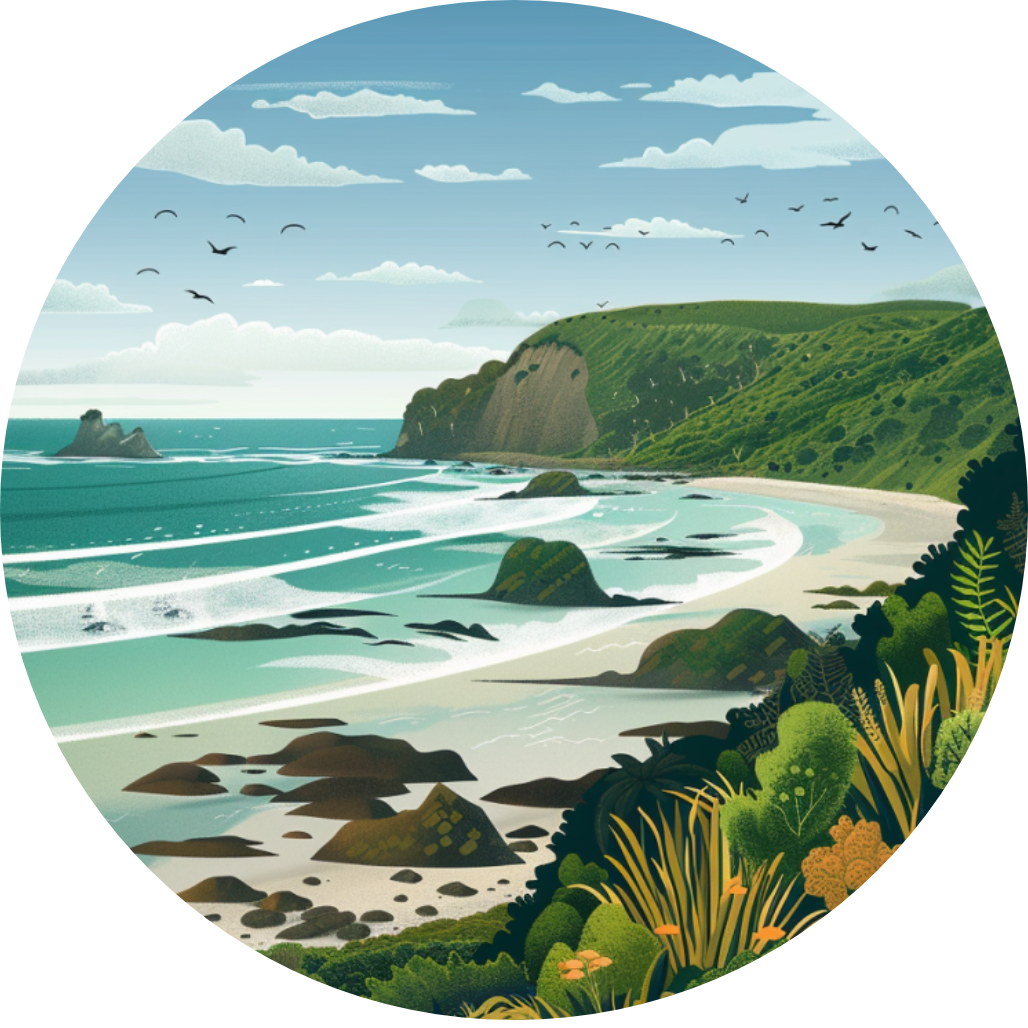

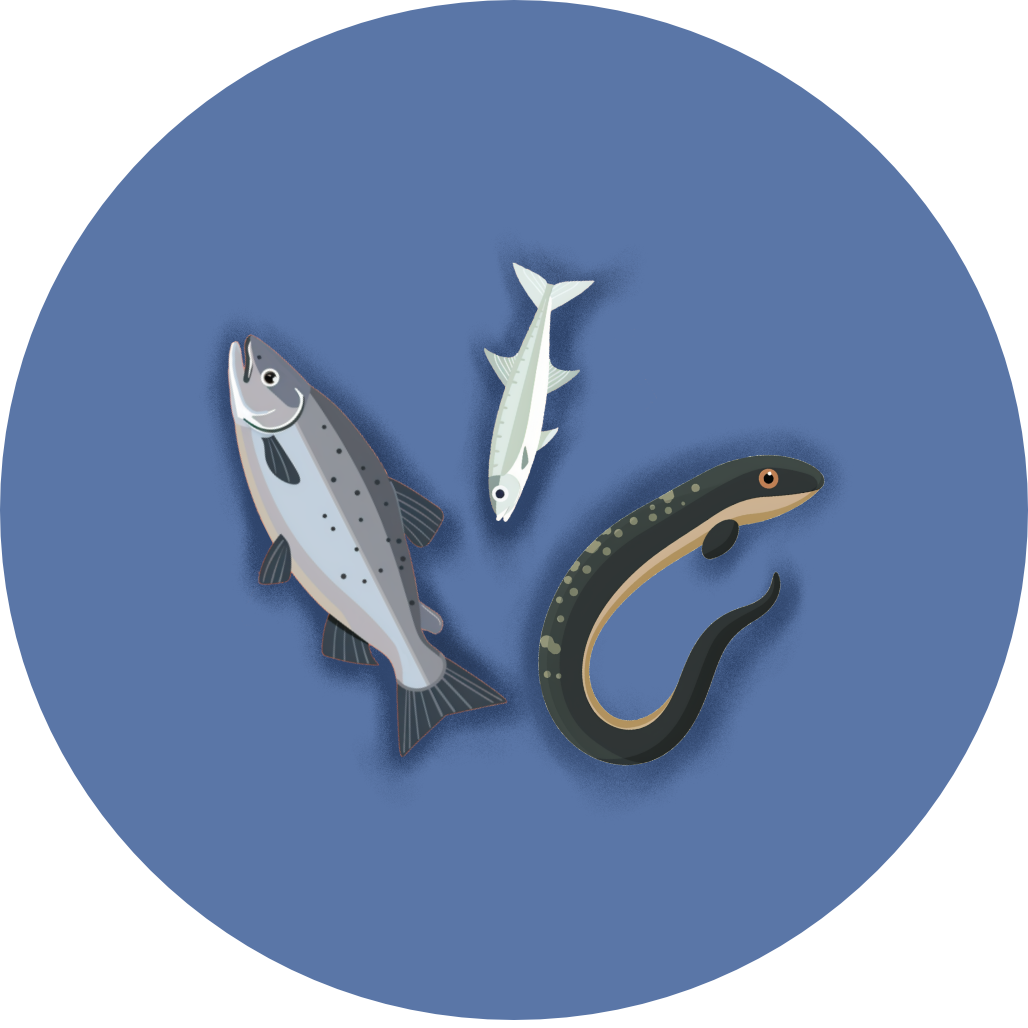
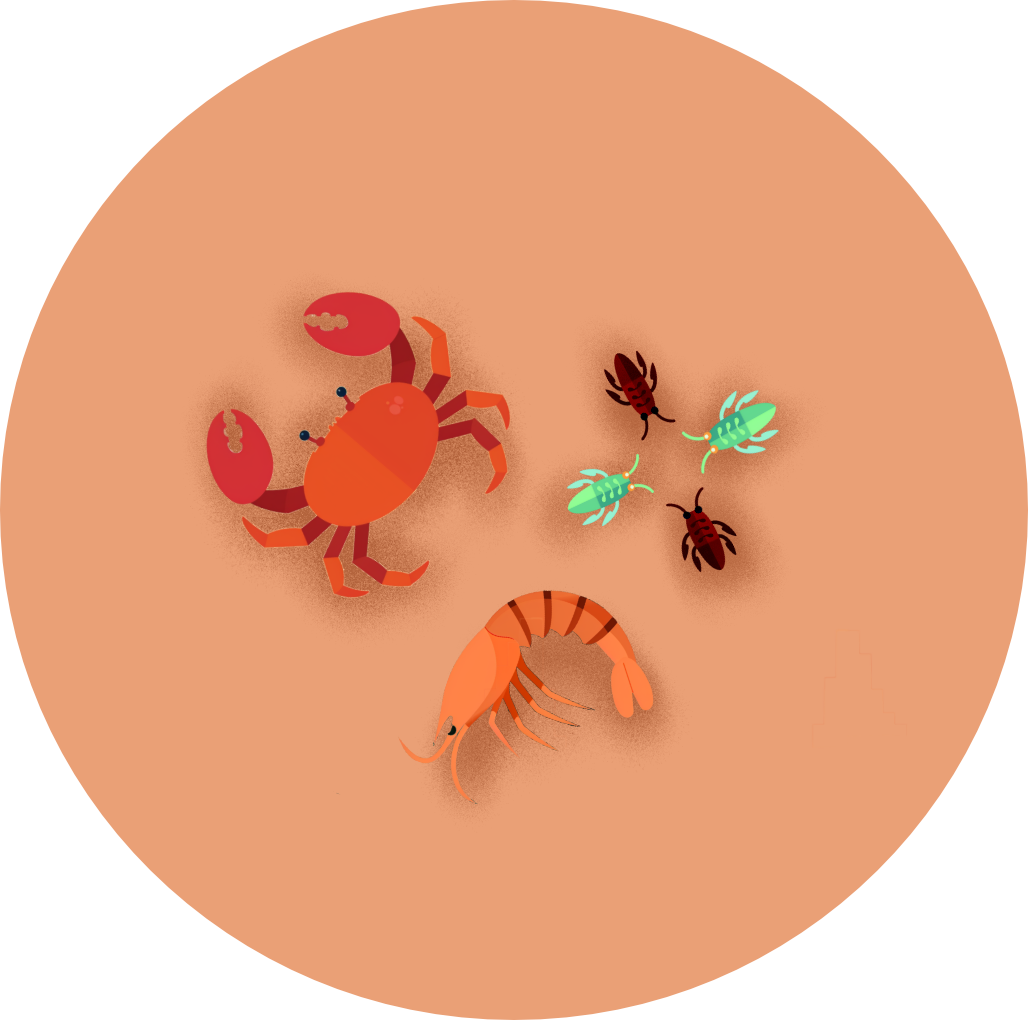
Coming Soon!
Top birding locations will be available in a future update.